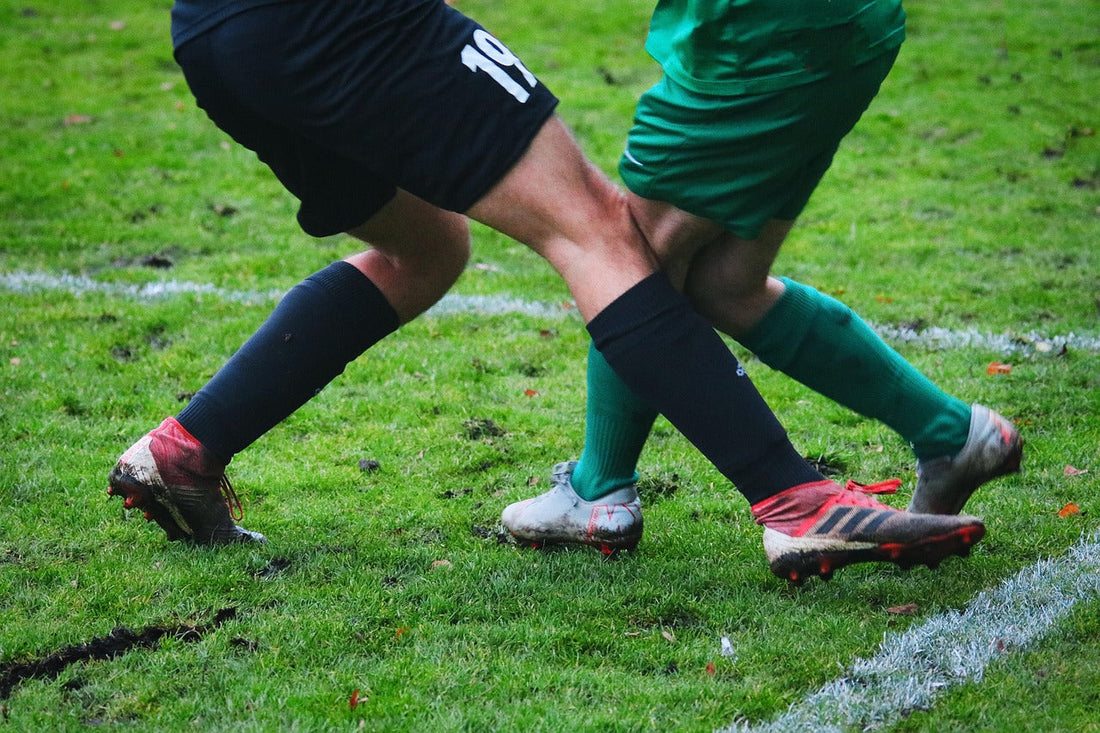
ACL Injury - Rehabilitation: Key Do's and Don'ts
Share
If you've injured your ACL, you're not alone. While it’s a painful experience, it's a common one. Every year, roughly 250,000 people in the U.S. and Canada sustain an ACL injury (that’s short for anterior cruciate ligament, by the way—good luck pronouncing that after a few drinks). Let’s dive into why these injuries occur and some rehab tips to help you recover.
Why ACL Injuries Happen
Before we dive into rehab, it’s helpful to understand how ACL injuries occur. The ACL is a crucial ligament in your knee, and it works alongside another ligament to stabilize the joint. Ligaments are tissues that connect bones, joints, and organs, and your body contains over 900 of them. The knee, while more flexible than those of many other animals, is prone to injury due to this flexibility.
Every time you take a step, your body places about 1.5 times its weight on one leg, which can be taxing on the knee. The ACL plays an important role in knee movement, particularly in rotating the knee and moving the shin forward while walking or running. Any sudden shifts in direction or impact can put strain on this ligament, making it vulnerable to stretching or tearing. Athletes are especially at risk, but ACL injuries can happen to anyone.
You may have injured your ACL if you experience:
- Inability to walk or move your leg
- Clicking, popping, or grinding sounds from the knee
- Weakness or difficulty standing on the knee
- Limited ability to bend or straighten your knee
If any of these symptoms sound familiar, it’s crucial to see a doctor. Your ACL might be overstretched, or it could be torn, requiring medical intervention, possibly even surgery.
The Road to Recovery
Recovering from an ACL injury takes time and patience. Whether surgery is necessary or not, ACL rehab exercises are an essential part of healing. While following your healthcare provider’s or physical therapist’s instructions is key, it’s important to avoid certain mistakes that can impede your recovery:
1. Lifting Too Much Too Soon
In the early stages of recovery, your doctor or physical therapist may recommend putting minimal weight on the knee. Rushing back into walking or running too soon can hinder the healing process. Crutches or a knee brace may be necessary to reduce strain on the injured knee while it recovers.
2. Avoiding Mobility Tools
Walking without crutches or a brace immediately after an ACL injury could put too much pressure on your knee. While it’s essential to avoid unnecessary strain, gentle walking can help improve your knee's range of motion. Overcompensating by avoiding the injured leg altogether can lead to additional discomfort and pain in other parts of your body.
3. Open vs. Closed Chain Exercises
The debate about the safety of open-chain exercises (where your foot swings or is off the ground) versus closed-chain exercises (like squats where your foot stays on the ground) continues among experts. However, some research suggests that both types of exercises can be beneficial for ACL recovery. Work with your physical therapist to find the right balance for your specific recovery needs.
Rehab Exercises for Recovery
As your knee heals, your therapist may recommend specific exercises to help rebuild strength and mobility. These could include:
- Hamstring and calf stretches
- Passive knee extension exercises
- Half squats
- Partial lunges
- Heel raises
- Elliptical workouts
- Resistance training to boost strength
Next Steps in Your Rehab Journey
Once you've completed your initial ACL rehab, continuing to strengthen the knee is crucial for preventing future injuries. Building up the muscles around the knee, such as the quadriceps and hamstrings, will improve stability. Additionally, focusing on technique and proper form during any physical activity will further protect your knee.
Your therapist might also suggest:
- Core and abdominal strengthening exercises
- Balance training
- Stretching, agility, and mobility exercises
Remember, every injury is unique, and the right rehab plan will depend on your individual needs. Work closely with your healthcare team to design a recovery and prevention strategy tailored specifically for you.
